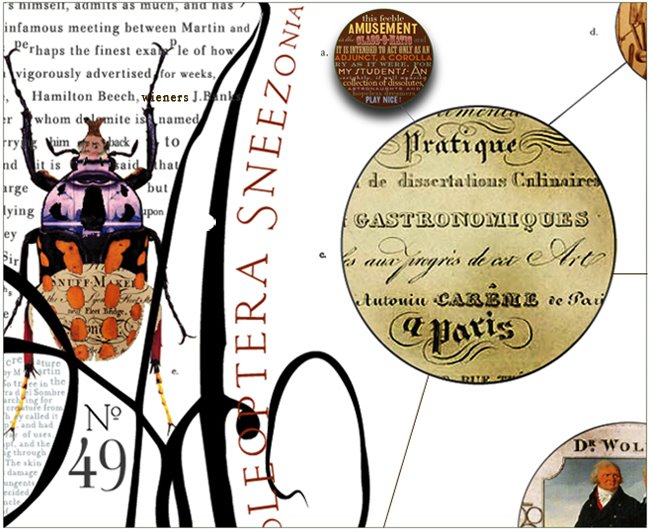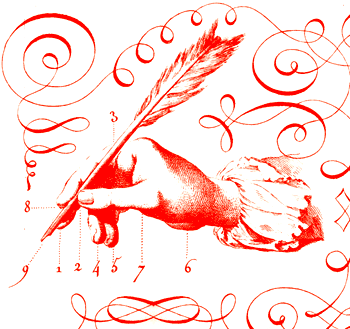



It seems that during World War I, in Austria and Germany, there was a moment when the metal that coins were made of became more valuable than the money it represented.
People began hoarding coins, and during the war, the metal which was available was needed for the war. The shortage of metal meant people were having trouble, well, making change.
So individual cities, local banks and organizations and so on began to take it on themselves to print what were called "Notgeld," which means "emergency money" or "necessity money", mostly colorful paper notes in low denominations (although they also used linen, tin foil, porcelain, and coal, to name a few unusual materials).

Notgeld began during the war and carried on into the period before and slightly overlapping the height of hyperinflation, when it took the proverbial wheelbarrow of money to buy an egg which happened in the early 1920's.
So I suspect a lot of these notgeld were printed. And, since they were really, really beautifully-designed (this was the height of German Expressionism, after all), people began to collect them. And, since people collected the pretty ones, there began to be some competition about who could produce the prettiest.
Which goes to show that even in the worst of all possible worlds, a Europe drowning in War and famine, there were microcosms of beauty.
People began hoarding coins, and during the war, the metal which was available was needed for the war. The shortage of metal meant people were having trouble, well, making change.
So individual cities, local banks and organizations and so on began to take it on themselves to print what were called "Notgeld," which means "emergency money" or "necessity money", mostly colorful paper notes in low denominations (although they also used linen, tin foil, porcelain, and coal, to name a few unusual materials).

Notgeld began during the war and carried on into the period before and slightly overlapping the height of hyperinflation, when it took the proverbial wheelbarrow of money to buy an egg which happened in the early 1920's.
So I suspect a lot of these notgeld were printed. And, since they were really, really beautifully-designed (this was the height of German Expressionism, after all), people began to collect them. And, since people collected the pretty ones, there began to be some competition about who could produce the prettiest.
Which goes to show that even in the worst of all possible worlds, a Europe drowning in War and famine, there were microcosms of beauty.



3 comments:
could you imagine what a note of money would look like if otto dix had designed them? it'd still probably be a hundred times more interesting than our civic logo.
OTTO DIX, what a great name. My name is Otto, Otto Dix .....
ah, the germans and their infinitely cool names. one day i'll be tempted to change my name into "ernst heinrich driener" or something fabulous like it.
Post a Comment